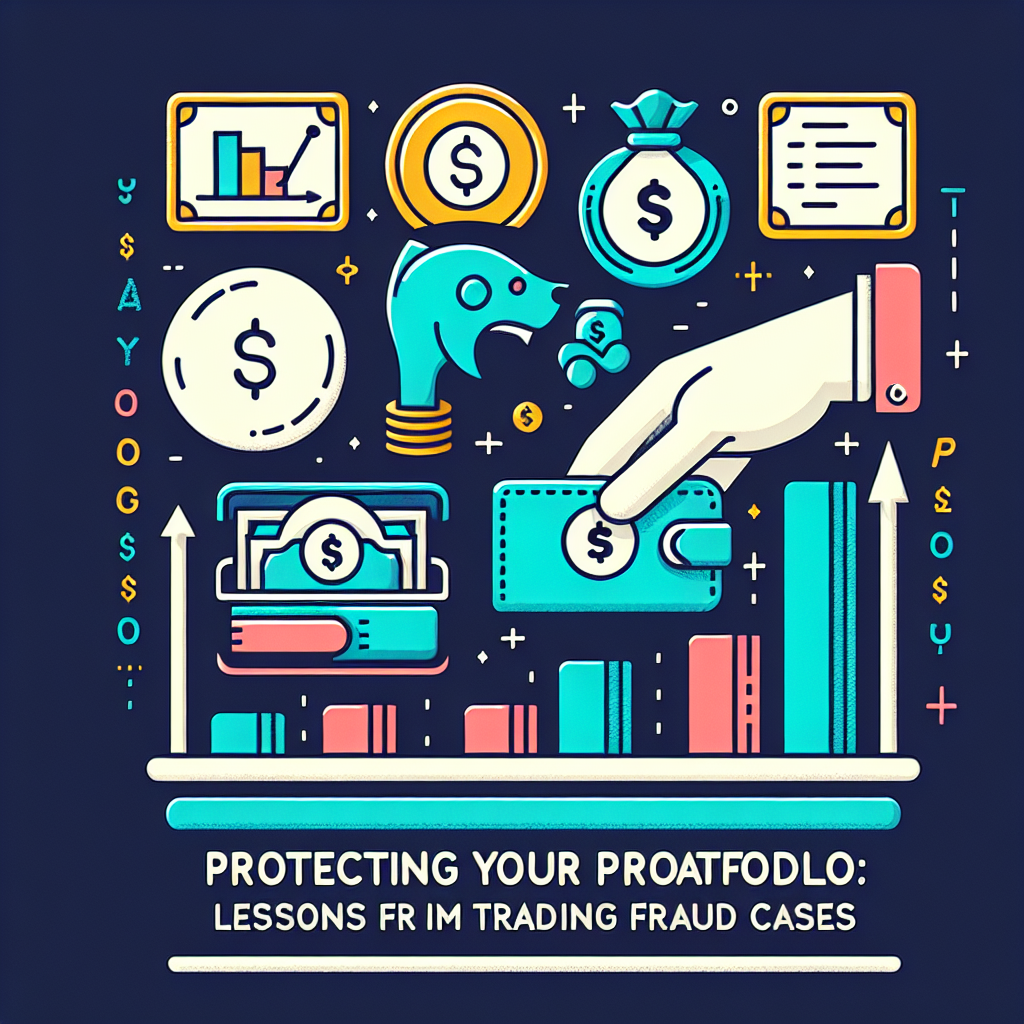
Trading fraud can shatter dreams and drain savings. We’ve seen it happen, and it’s a stark reminder of the importance of protecting your investments. Let’s dive into some lessons from trading fraud cases and learn how to safeguard your hard-earned money.
Contents
Understanding Trading Fraud
Trading fraud isn’t just about someone swiping your cash. It’s a complex maze of deception, manipulation, and misinformation. Scammers prey on both seasoned investors and beginners. They’re crafty and often shield their true intentions behind a mask of legitimacy.
Common Types of Trading Fraud
- Ponzi Schemes: These promise high returns with little risk. Initial investors get payouts from new investors’ funds rather than profits.
- Pump and Dump: Fraudsters hype up a stock to inflate its price, sell their shares, and leave others with worthless stock.
- Insider Trading: Trading with non-public information gives an unfair advantage.
Notorious Cases
From Bernie Madoff’s infamous Ponzi scheme to Enron’s accounting fraud, the history books are full of lessons.
How to Safeguard Your Portfolio
Due Diligence is Key
Research thoroughly before plunging your money. Use trusted resources and verify the credibility of brokers and investment firms.
Diversification
Don’t put all your eggs in one basket. Diversifying your portfolio reduces risks and damages from any single investment going south.
Monitor Your Investments
Keep an eye on your investment performance regularly. Be proactive and quick to spot any irregularities.
Use Trusted Platforms
Stick to reputable platforms with robust security protocols. Look for platforms that are regulated by financial authorities.
| Red Flags to Watch Out For | Description |
|---|---|
| Unusually High Returns | Returns that seem too good to be true usually are. |
| High-Pressure Sales Tactics | Pressure to act immediately is often a sign of a scam. |
| Lack of Transparency | Be wary of vague explanations about how your money is invested. |
| Unregistered Investments | Verify registrations with financial authorities. |
Stay Educated
Keep up with the latest trends and strategies. Knowledge is your first line of defense against fraud.
Reach Out for Help
If something feels off, consult a financial advisor. They’re your partners in crafting a fraud-resistant portfolio.
In-Depth Questions
How can one identify subtle signs of trading fraud early?
Identifying trading fraud isn’t just about spotting glaring red flags. It involves noticing the subtle cues that something’s amiss. Start by questioning returns that are consistently high regardless of market conditions. These should always raise eyebrows. Also, pay attention to communication. Scammers often avoid direct answers and give unclear responses about how funds are managed.
Regular portfolio reviews can highlight discrepancies early on. Utilize online resources, like those by the SEC, to stay informed. They often release alerts and bulletins that help in spotting the latest scam tactics.
Why is diversification such a powerful strategy against fraud?
Diversification is your best friend when it comes to minimizing risk. By spreading investments across different asset classes, you buffer against loss. Even if one investment tanks due to fraud, others remain unaffected.
Consider this: investments in stocks, bonds, and real estate won’t all react the same to market changes. This spread reduces vulnerability. Plus, scammers often target single sector investments promising high returns. A diversified portfolio makes it harder for fraudsters to pin you down.
What role does technology play in protecting against trading fraud?
In today’s digital age, technology plays a crucial role in maintaining security. Many platforms now use advanced encryption to secure transactions. They also integrate AI tools to detect unusual activity patterns.
Be sure your platform uses multi-factor authentication. This adds an extra layer, protecting against unauthorized access. Moreover, blockchain technology promises transparency. It provides a tamper-proof record of trades that’s hard for fraudsters to meddle with.
Conclusion
You work too hard for your money to watch it vanish in a puff of fraudulent smoke. By staying vigilant and informed, you can protect your investments. Trust your instincts, question what’s unclear, and be proactive in safeguarding your financial future.
For more on avoiding investment scams, check our Investing in Tough Economic Times page.
It’s not just about what you earn, but what you keep. Stay savvy!






